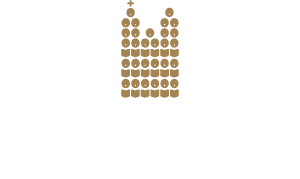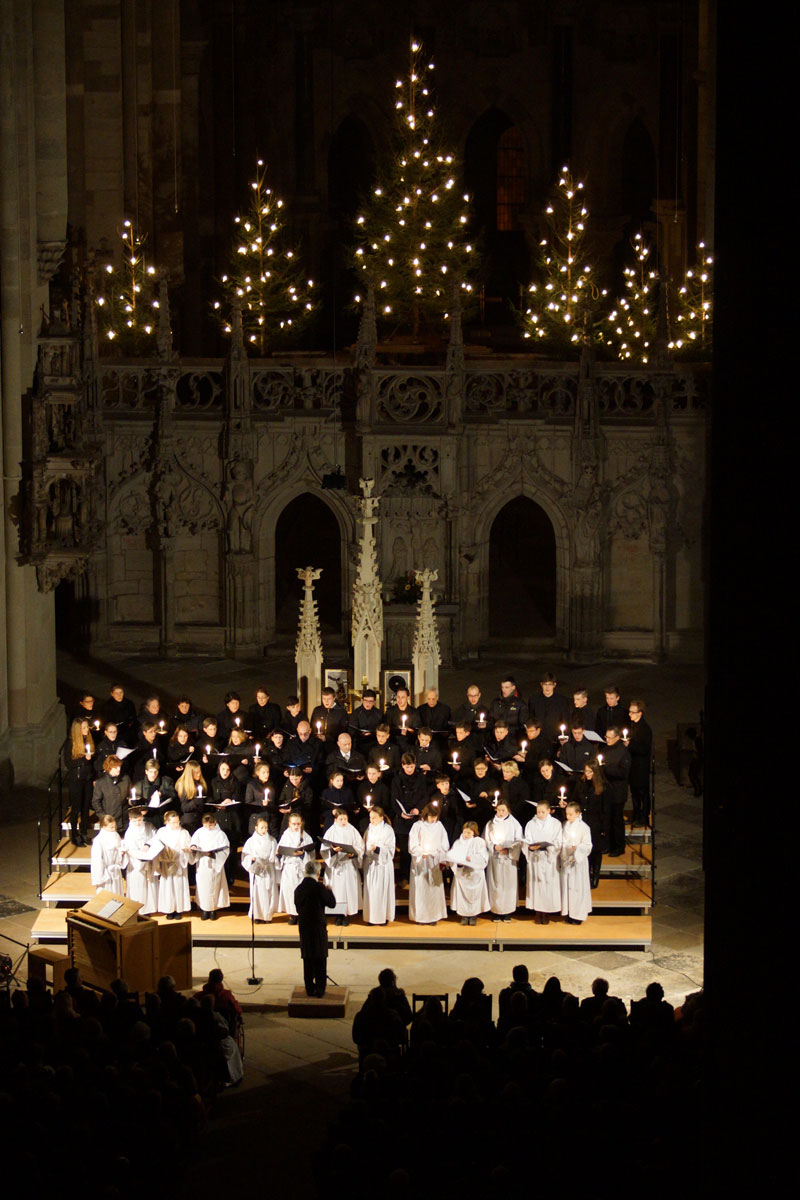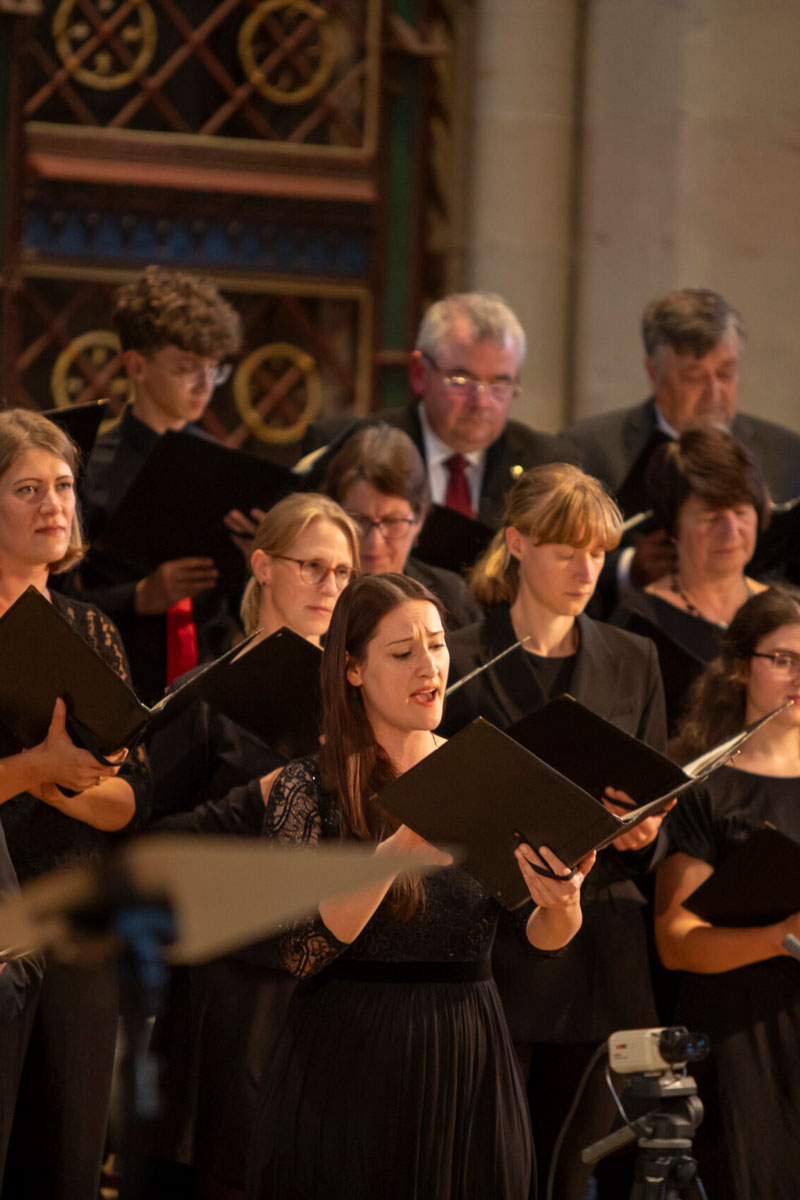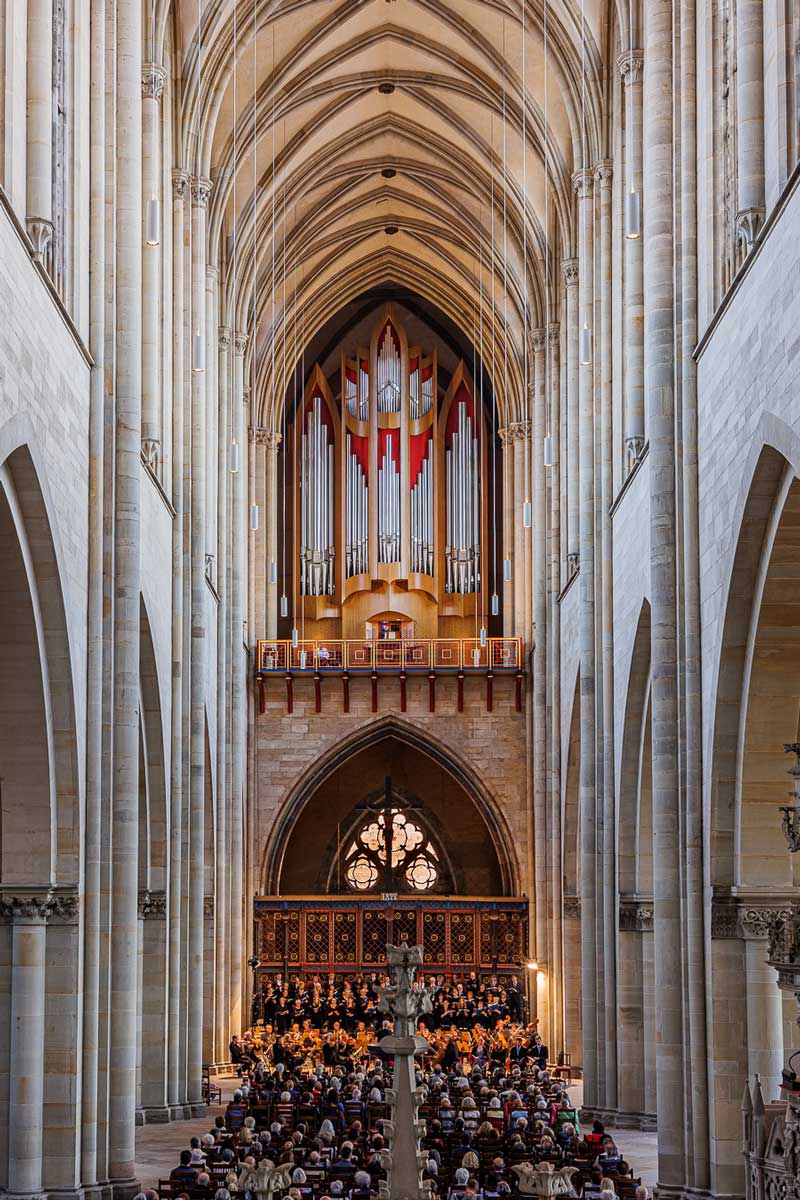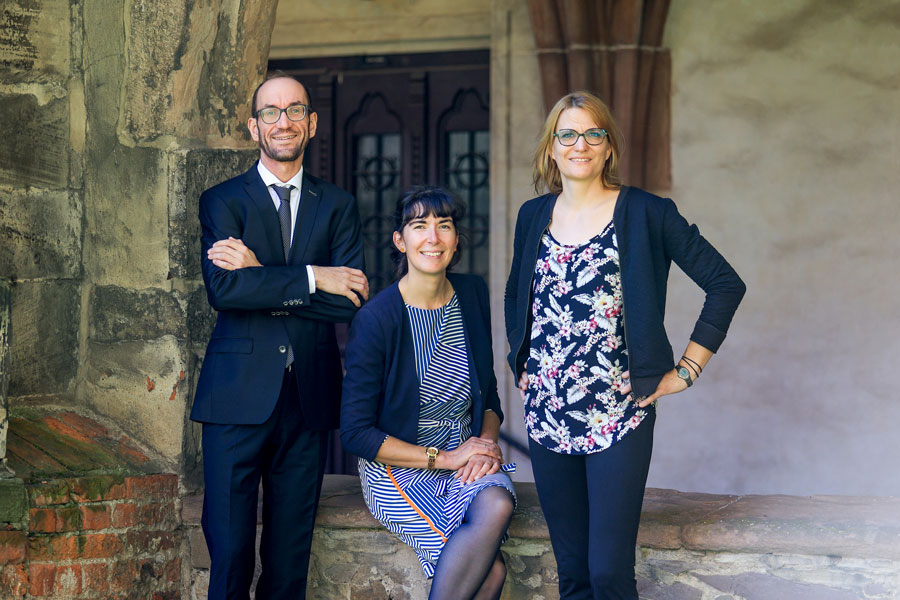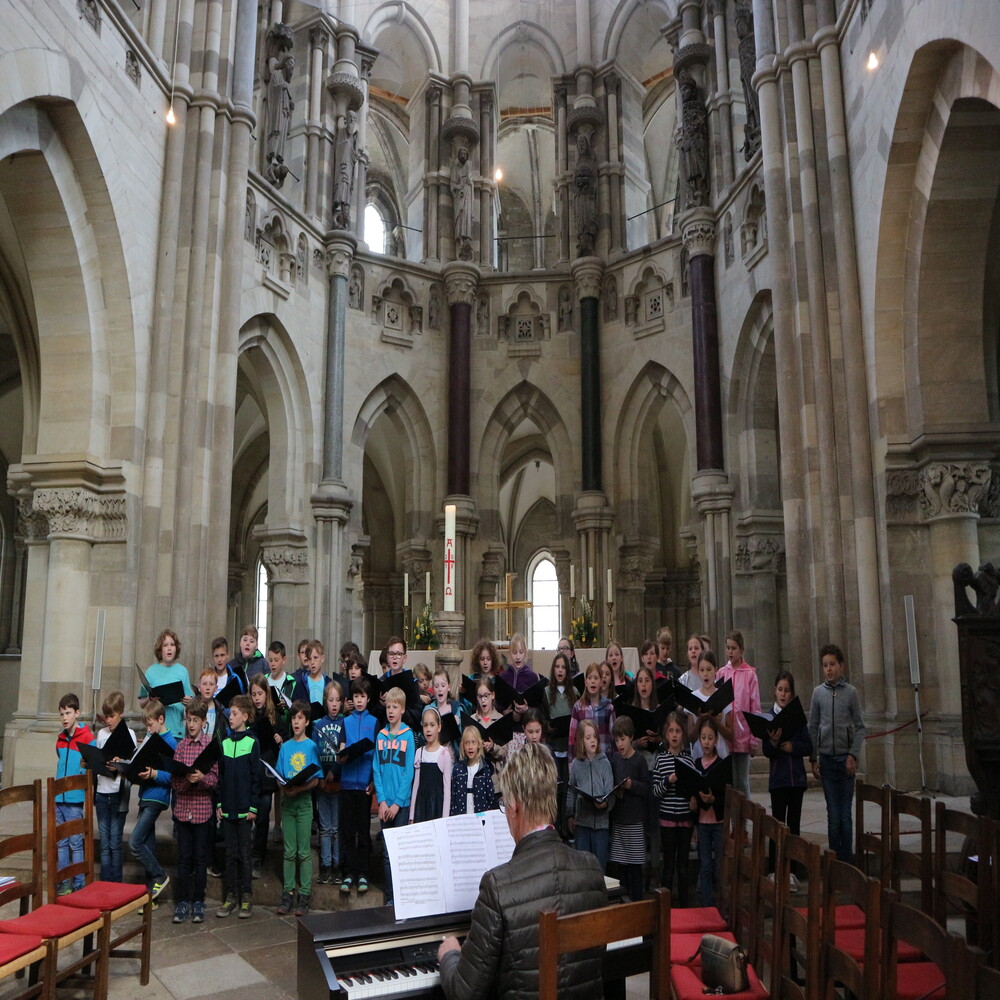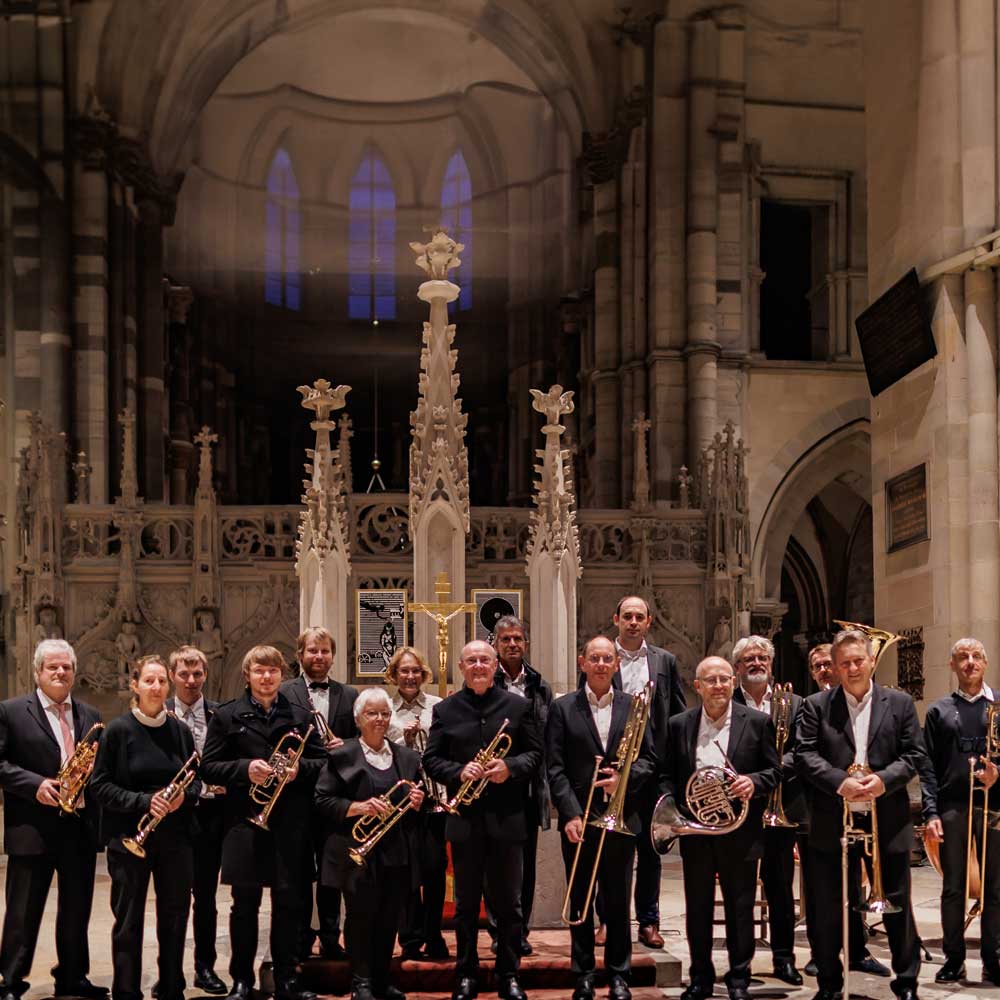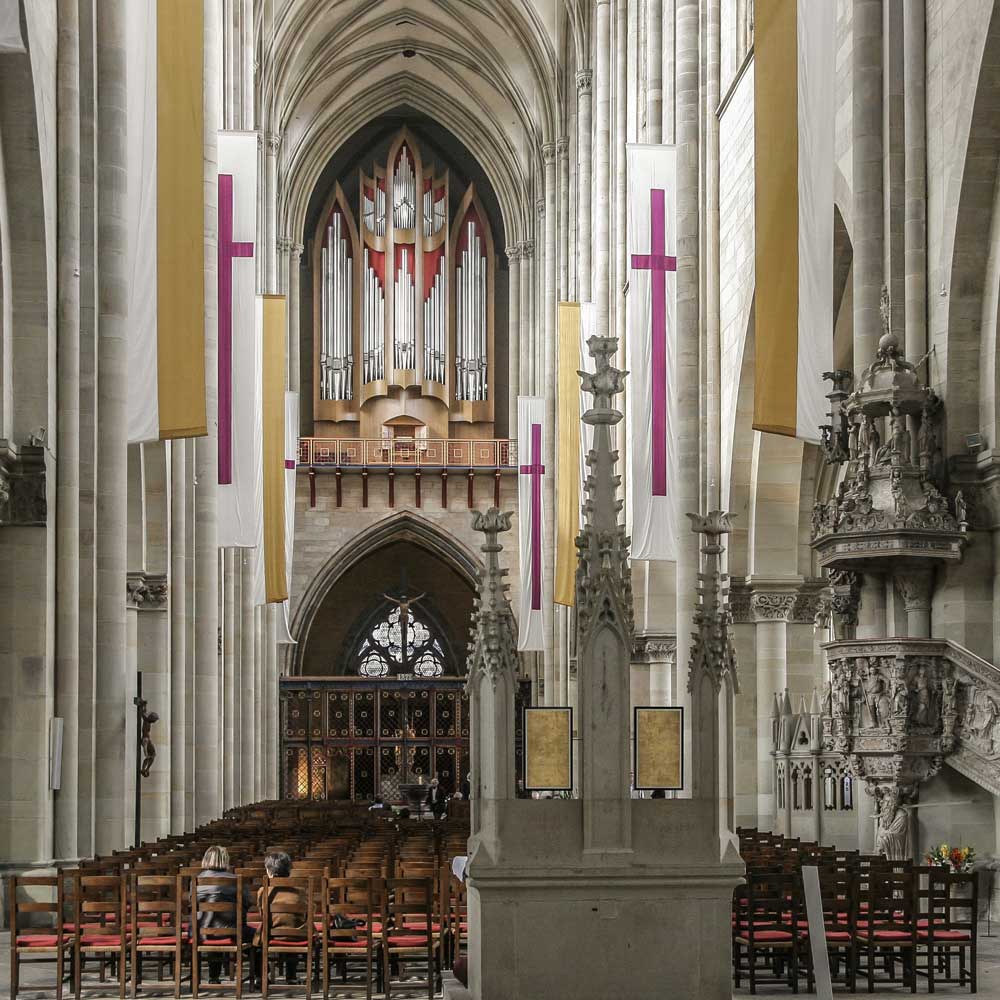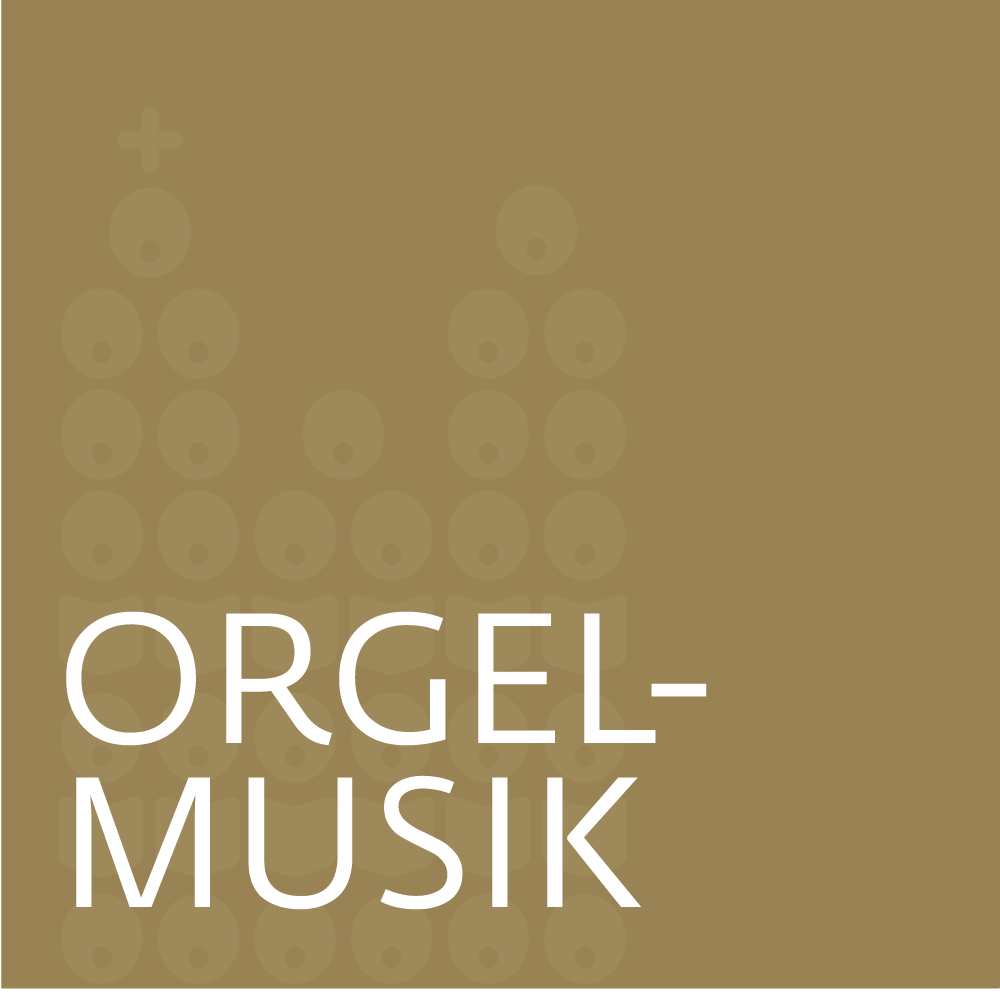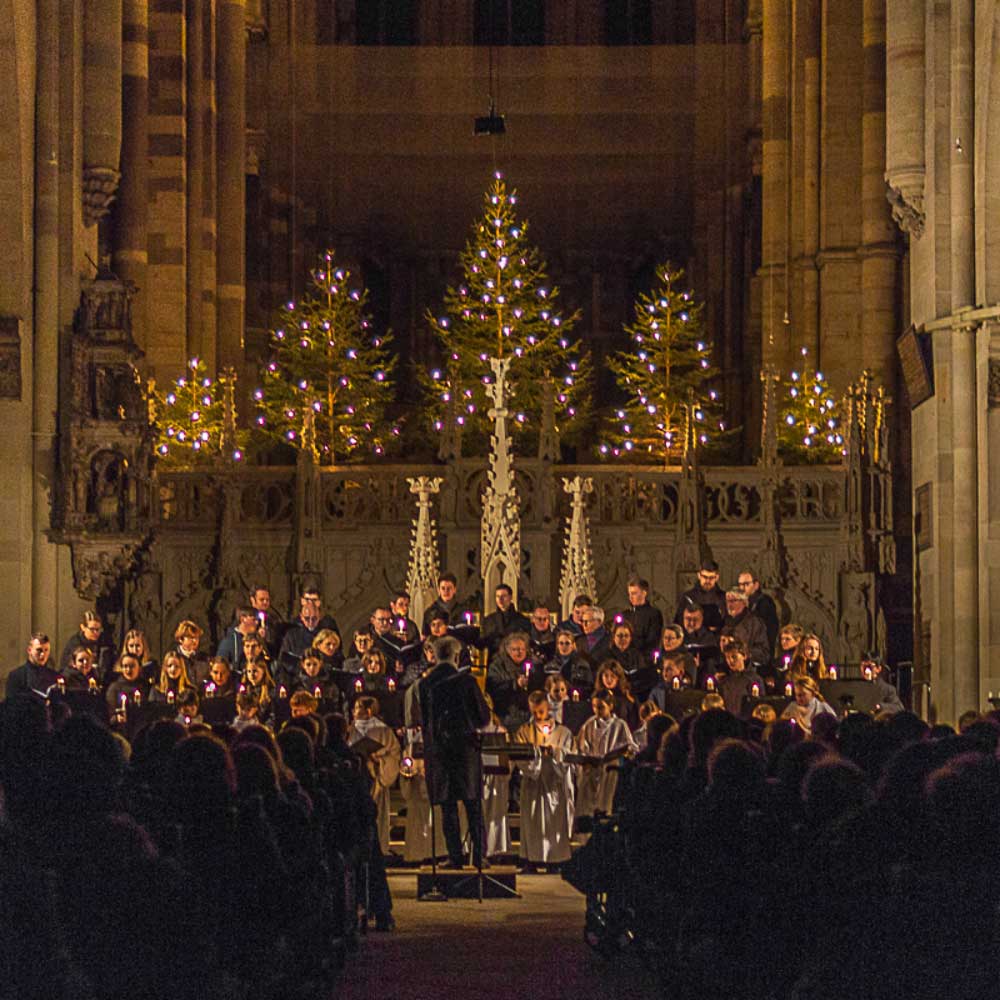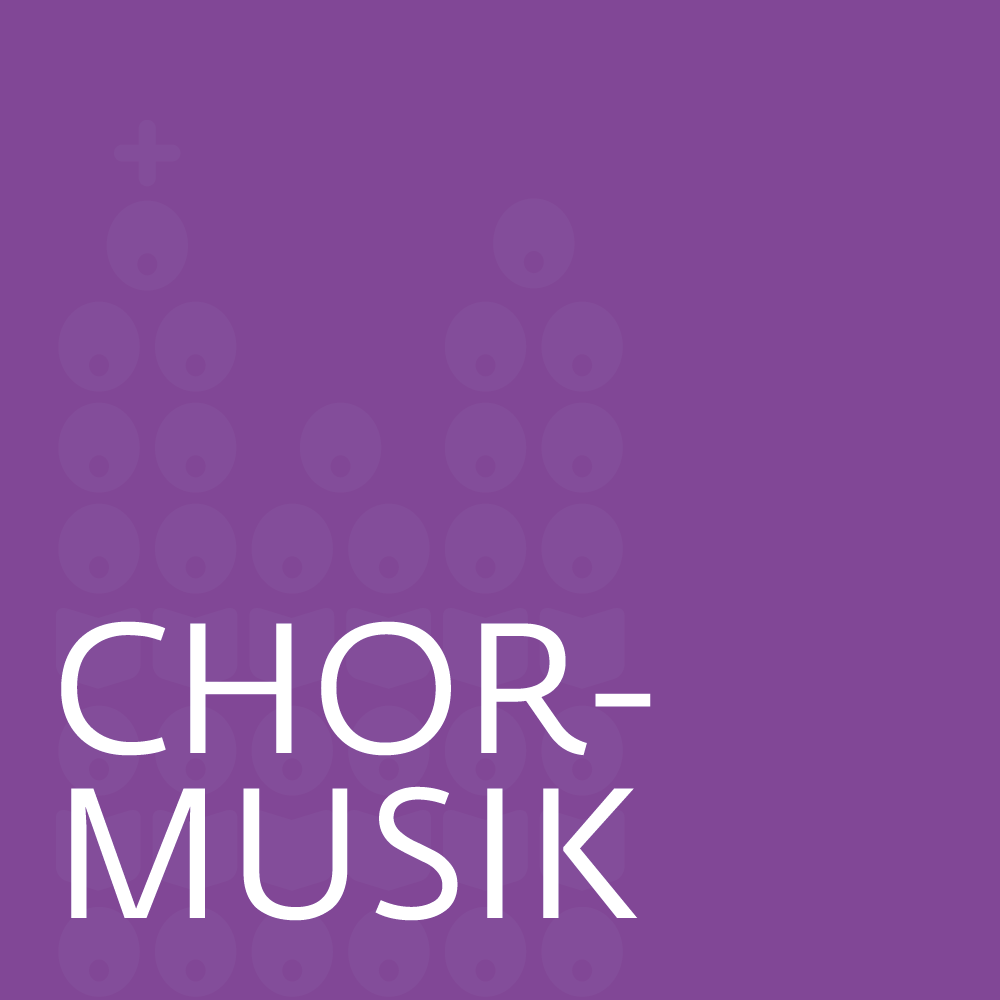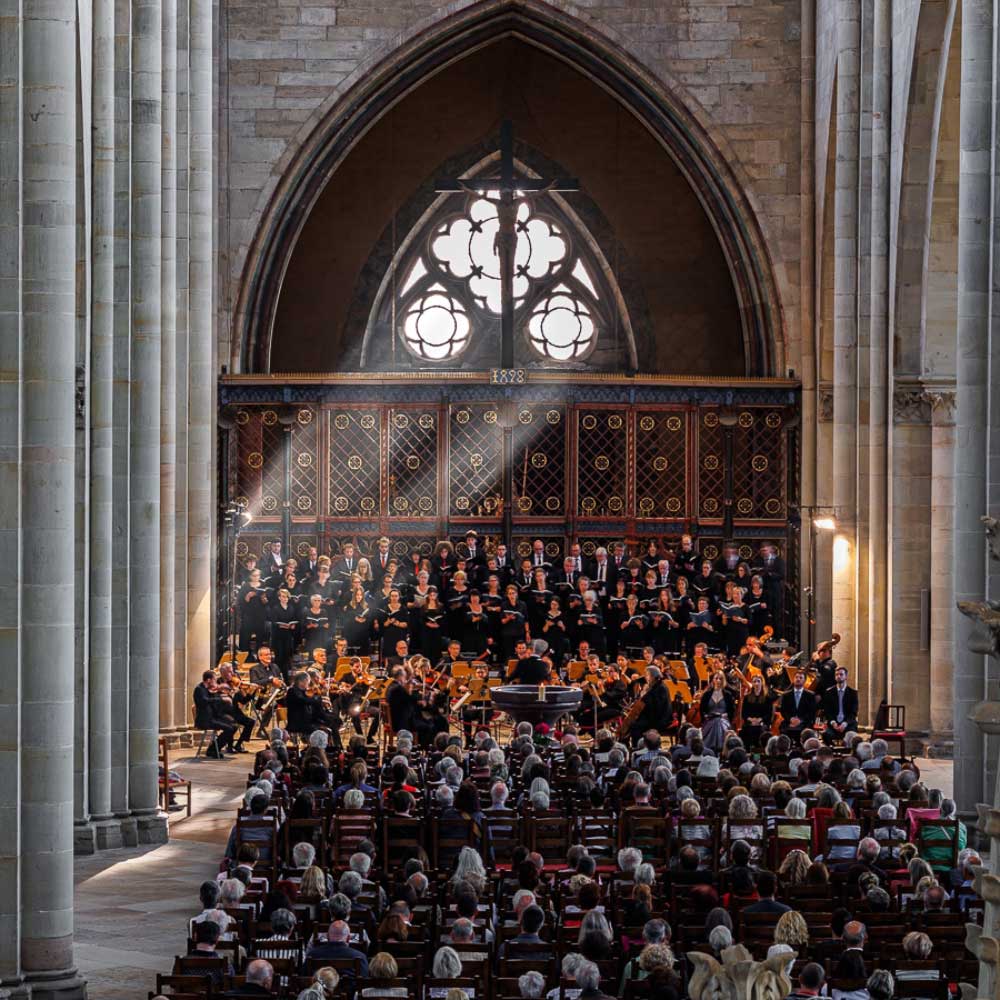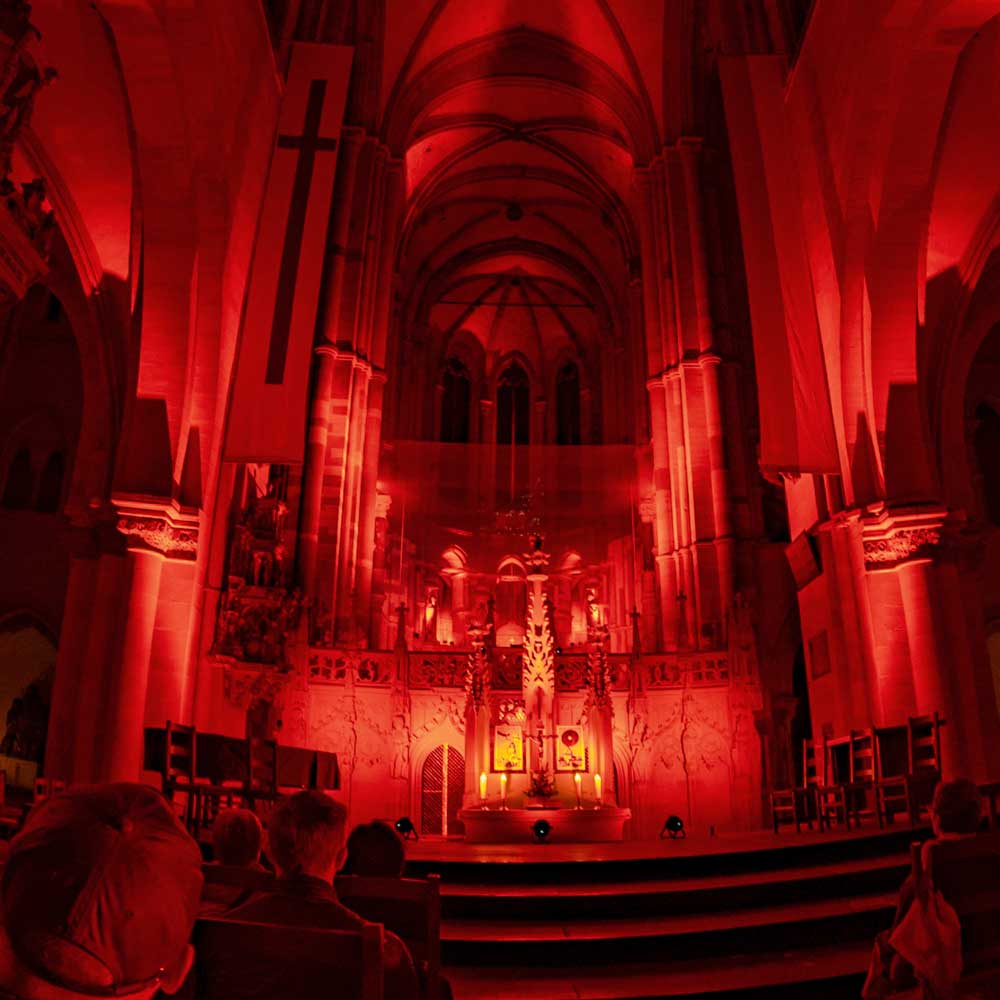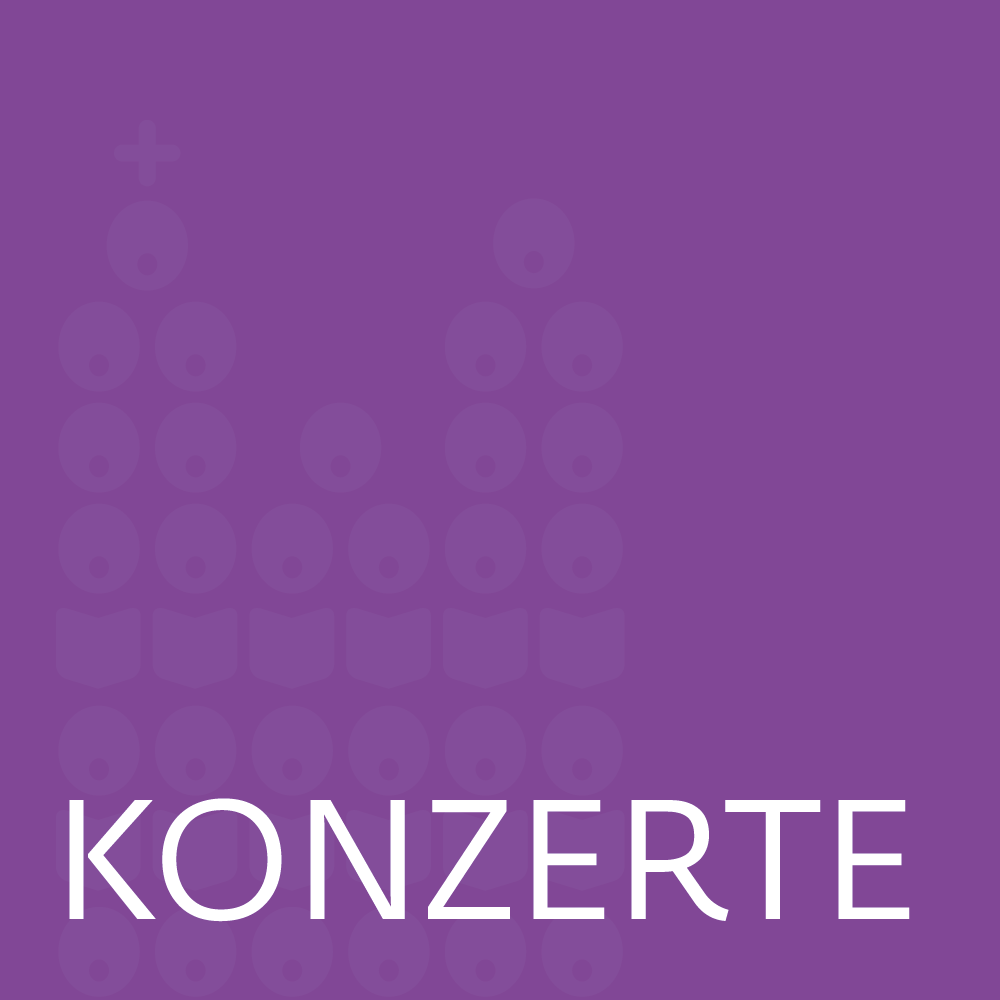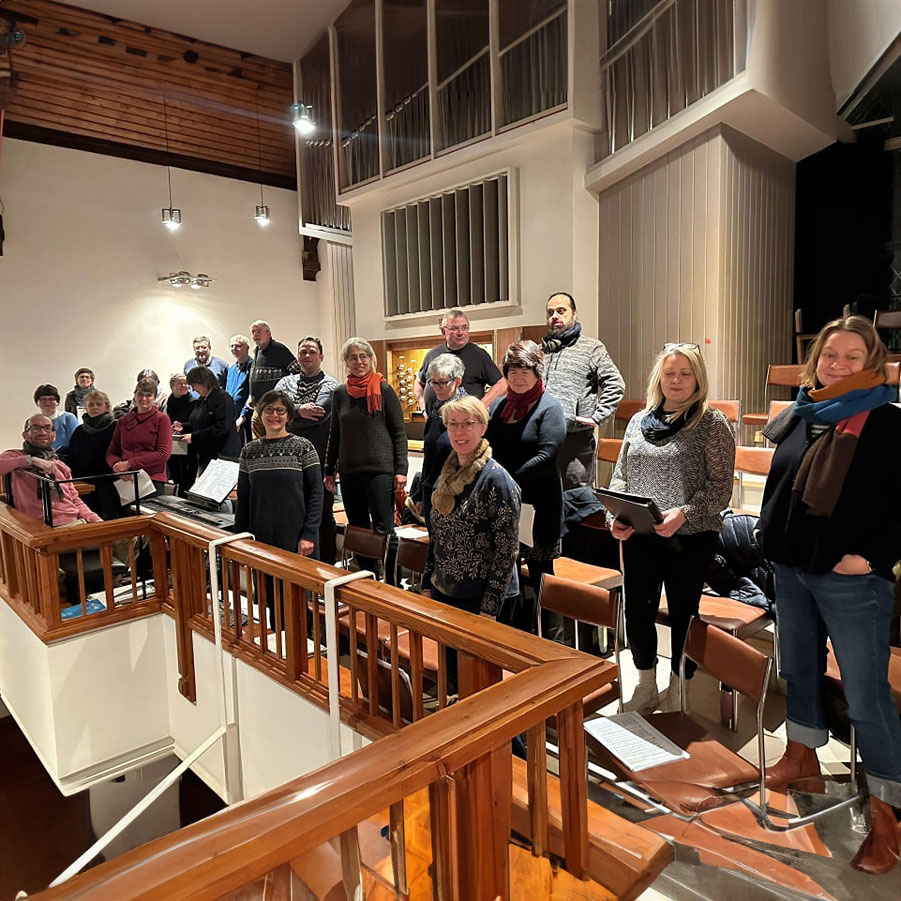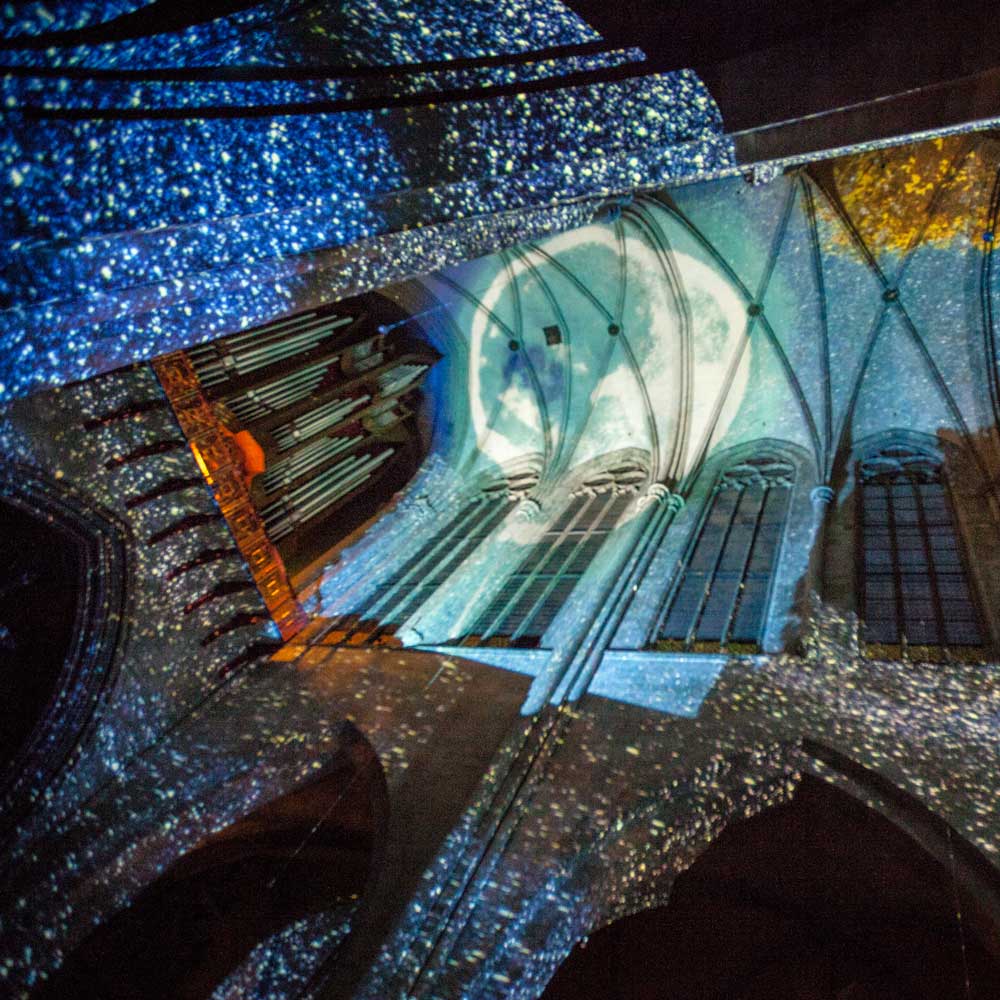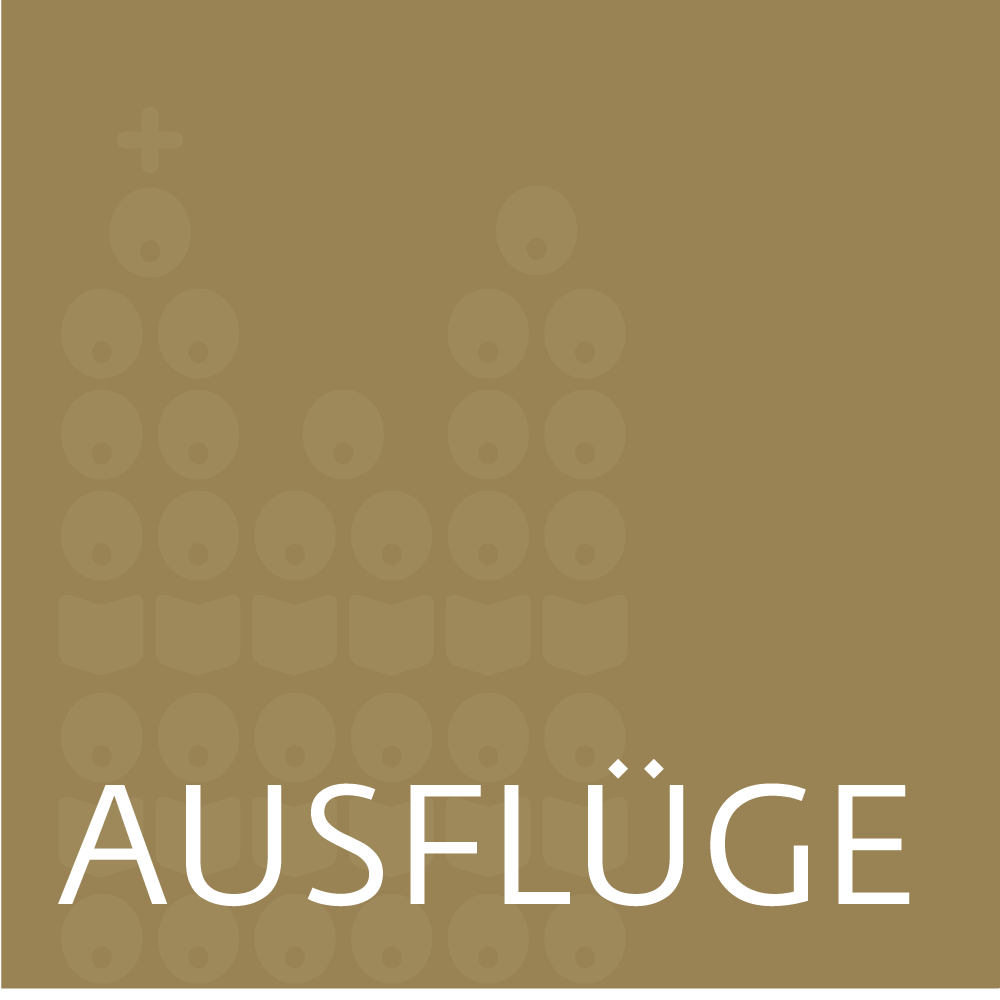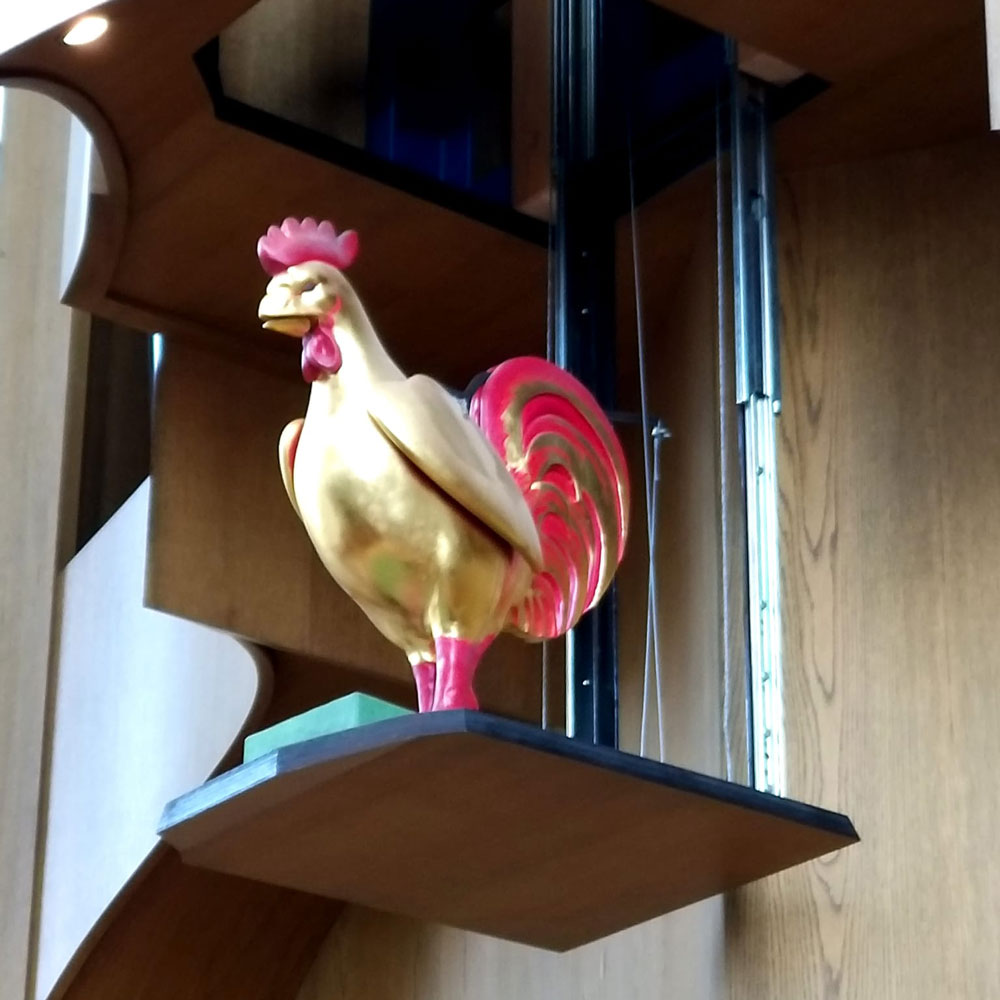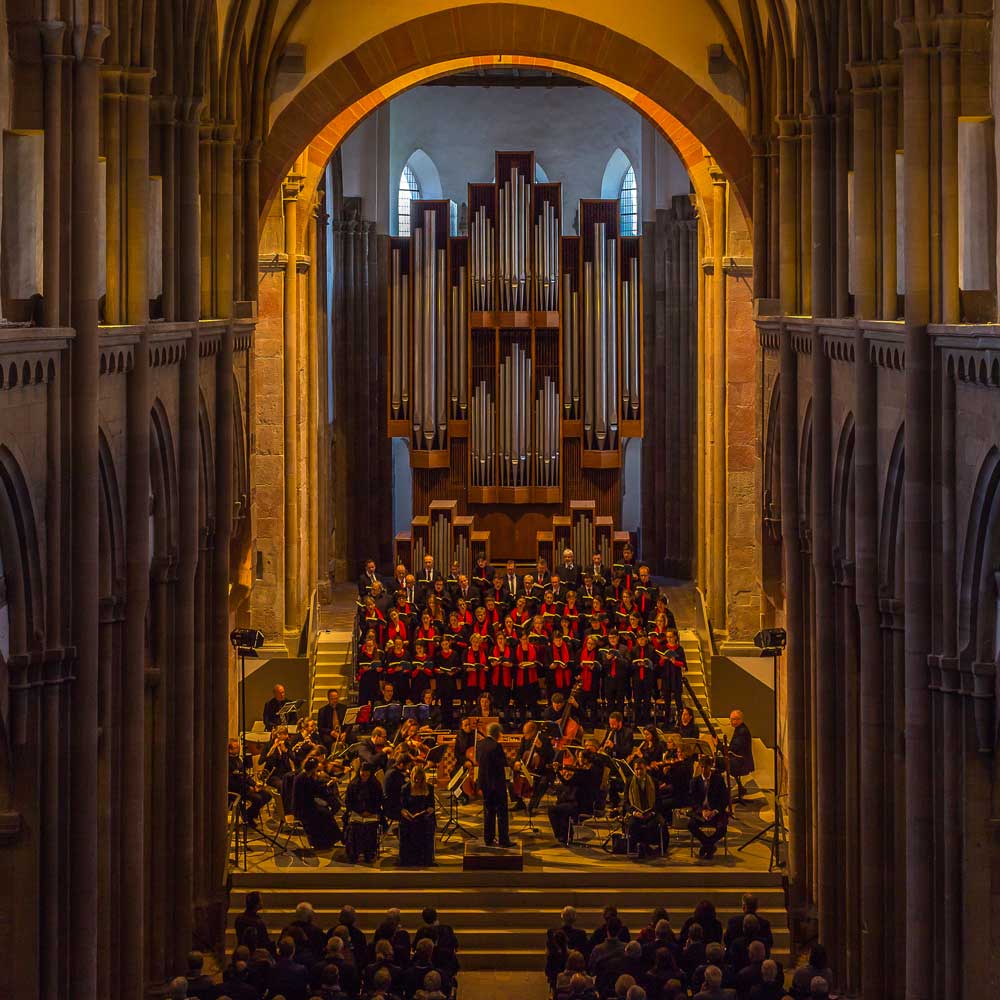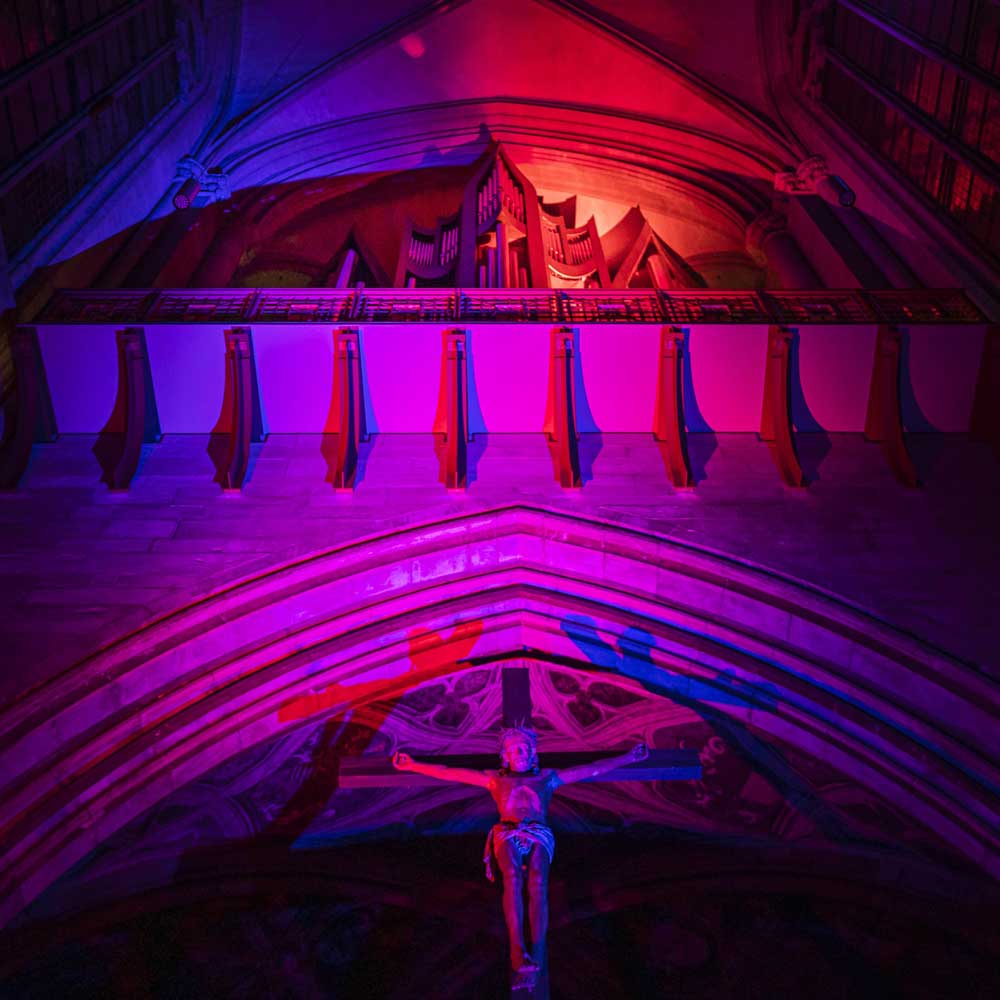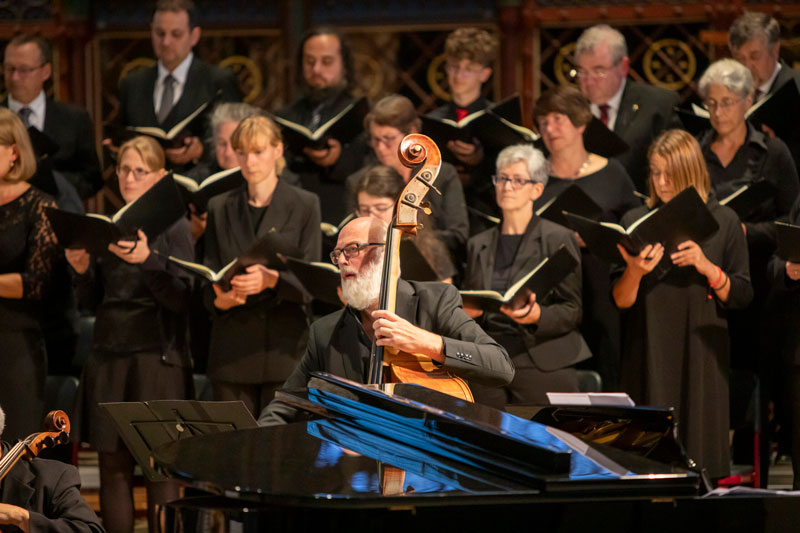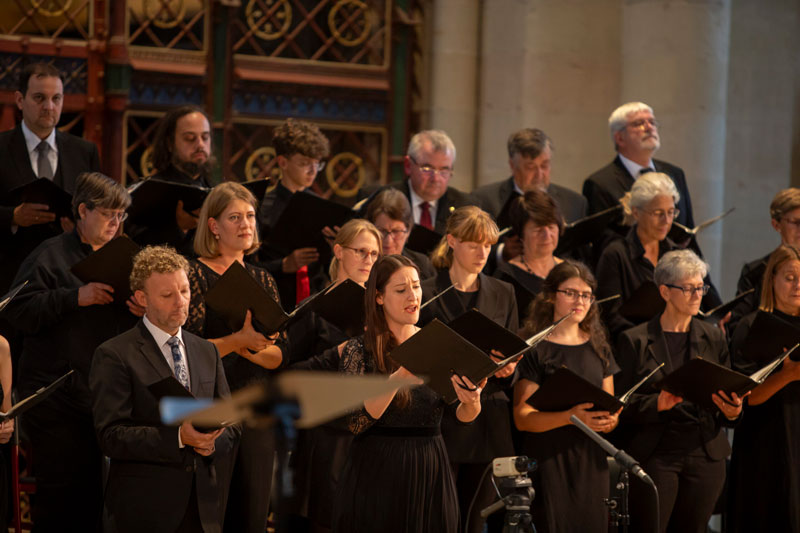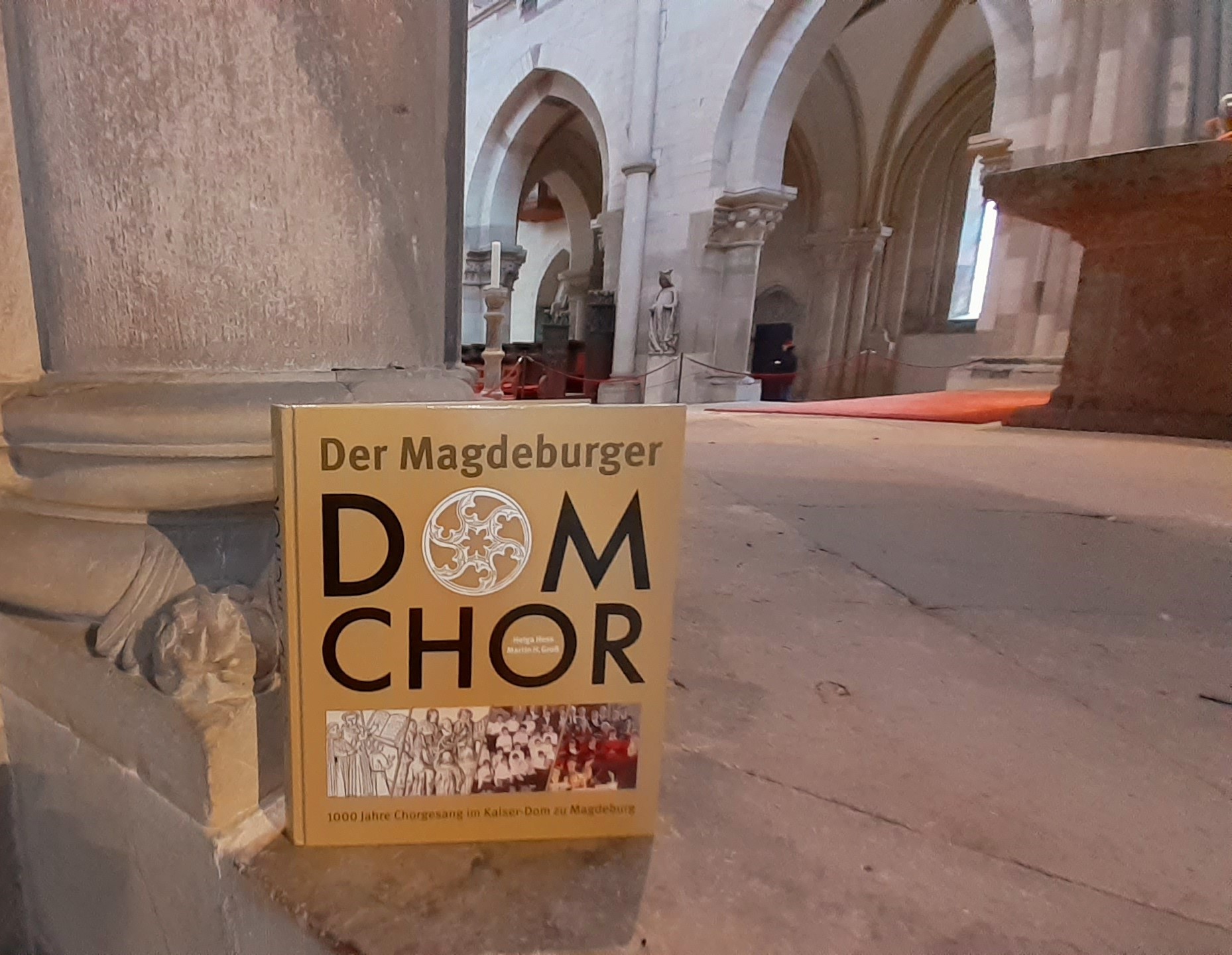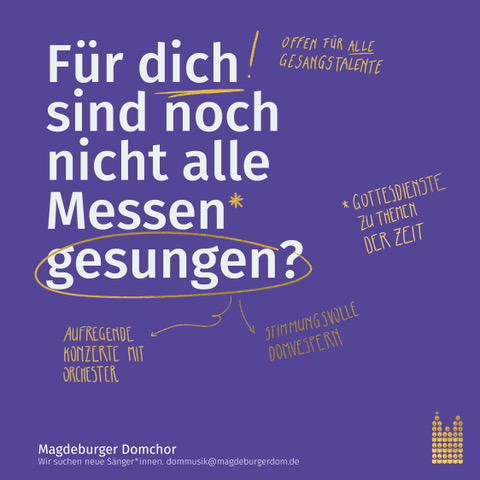Herzlich willkommen
Die Magdeburger Dommusik legt höchsten Wert bei der musikalischen Ausbildung des Chores und der Domsingschule, der Pflege der Orgellandschaft sowie der Verwirklichung der vielfältigen Konzertprojekte und Gottesdienste.
Jederzeit werden neue Akzente in der Programmgestaltung gesetzt, aber auch etablierte Musiktraditionen fortgeführt. Schauen Sie welche Konzerte wir planen, wie Sie uns unterstützen können bei unserer Arbeit oder Sie sich klanglich in den Magdeburger Domchor einbringen können!
Herzlich willkommen
Die Magdeburger Dommusik legt höchsten Wert bei der musikalischen Ausbildung des Chores und der Domsingschule, der Pflege der Orgellandschaft sowie der Verwirklichung der vielfältigen Konzertprojekte und Gottesdienste.
Jederzeit werden neue Akzente in der Programmgestaltung gesetzt, aber auch etablierte Musiktraditionen fortgeführt. Schauen Sie welche Konzerte wir planen, wie Sie uns unterstützen können bei unserer Arbeit oder Sie sich klanglich in den Magdeburger Domchor einbringen können!
